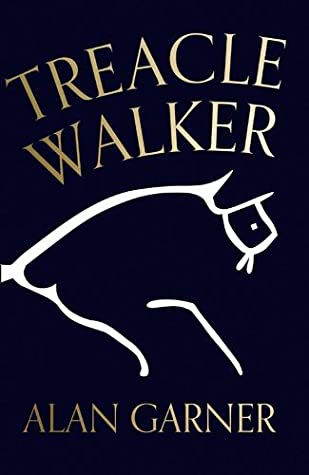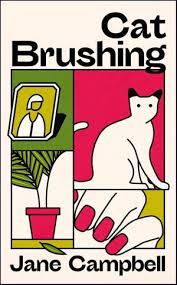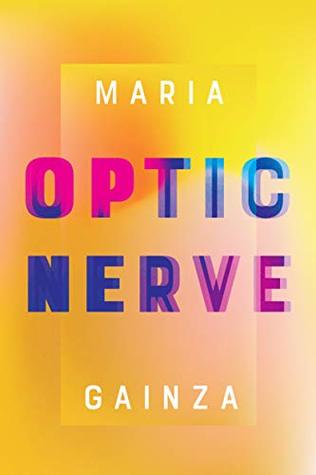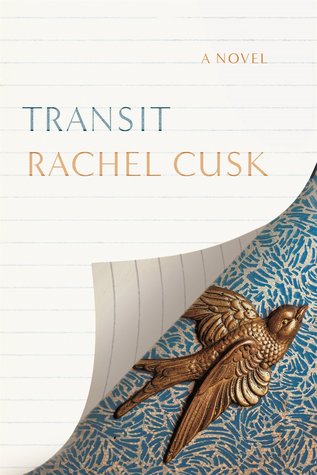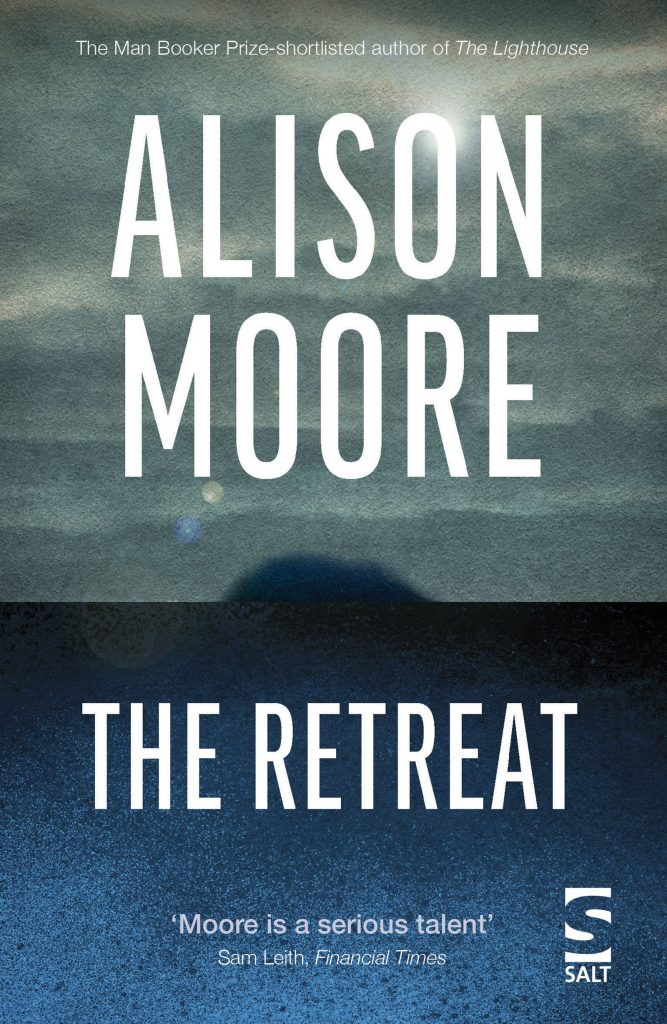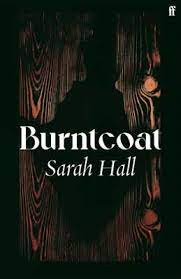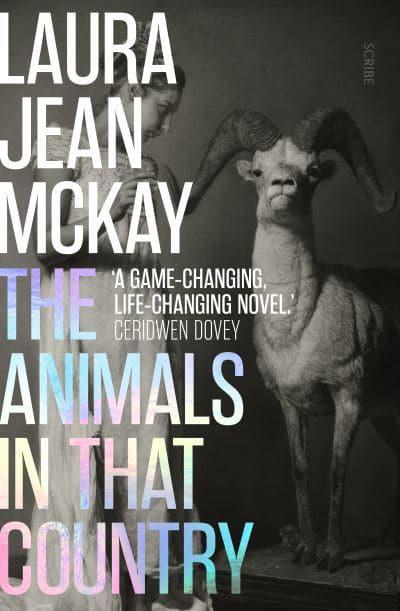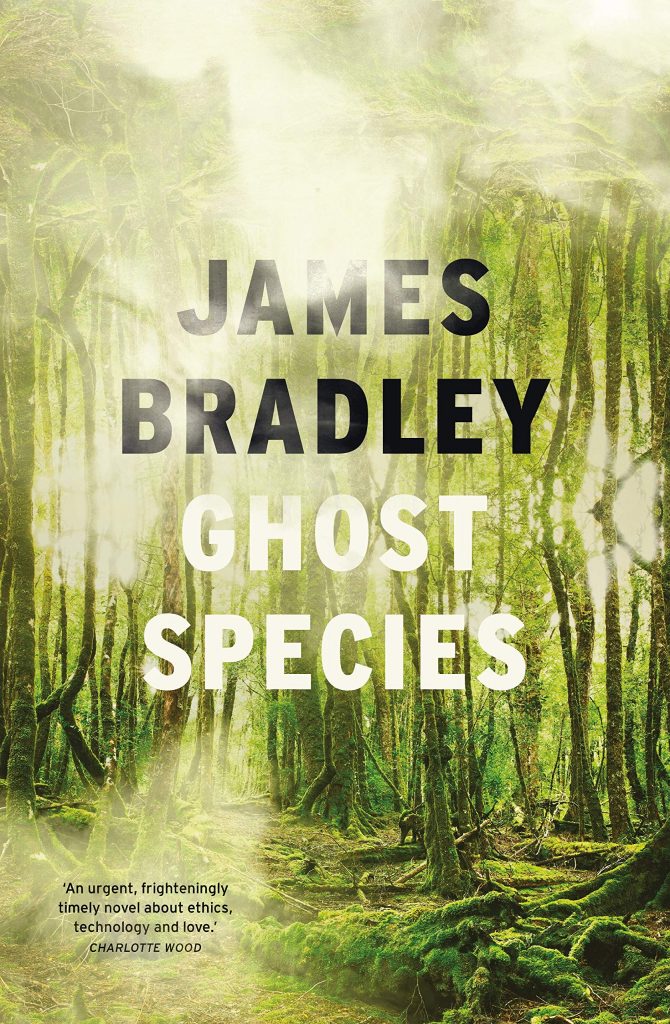Even the floors in the houses are ugly. Old boards were ripped out to be used as construction materials, and you have to try hard to find a place where you can jump into your sleeping bag, zip up, and zonk out. The locals burned all the villages next to the wire with the enthusiasm of the thugs from Toretsk who dragged fragments of the downed Malaysia Airlines Boeing to local scrapyards – like a carcass, a mammoth, prey, whatever.
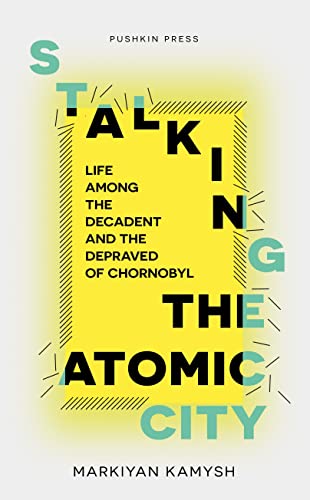
In 1972, a novel was published that is arguably one of the most influential science fiction stories of all time. Roadside Picnic, by the Russian writer-brothers Arkady and Boris Strugatsky, tells of a world forever altered by a chance visitation. As readers, we never get to see the aliens – if there were any aliens – but we are offered glimpses of the things they leave behind. Objects saturated in mystery whose purpose is unknown, whose effects can be lethal, whose wider influence on Earth’s history and culture is incalculable and lasting. The contaminated zones are forbidden territory, fenced and guarded; for the stalkers who risk their lives and their sanity to penetrate these zones, they are something in the nature of an addiction.
In 1979 came Stalker, the film adaptation of Roadside Picnic, scripted by the Strugatsky brothers and directed by Andrei Tarkovsky. In the years since, the Zone has continued and deepened its hold over the imaginations of games developers, film makers, musicians, artists and writers. Especially writers. M.John Harrison’s 2007 novel Nova Swing, the second book of the Kefahuchi Tract trilogy and winner of the Arthur C. Clarke Award, is an open letter to Roadside Picnic; Jeff VanderMeer’s bestselling Southern Reach trilogy equally so. There is something in the premise that seems uniquely magnetic and eerily mystifying, a postmodern spin on the trope of the ‘lost domain’ as first made explicit by the French writer Alain-Fournier in his 1913 classic Le Grand Meaulnes. Roadside Picnic offers a vision that is both beautiful and cruel, prosaic in its essence – some aliens do a pit stop, dump some trash – and yet shimmering with a sense of wonder that can never be extinguished or fully explained.
I first read Roadside Picnic in the early eighties and it has remained a touchstone text for me ever since, one of those few works of science fiction that I read – eagerly and indiscriminately – as a young person that has followed me into my life as an adult writer. I have read it half a dozen times and love it almost beyond reason. I need only to open its covers to fall immediately back under its spell. For me, it is the way in which the prosaic is enmeshed with the seemingly miraculous – with the vexed and corrosive nature of those miracles – that makes the novel so special for me. Add to that the unconventional manner of its storytelling, its moral ambivalence, the fact that it is a classic of Russian literature.
I also love Tarkovsky’s Stalker, which I approach as an entirely separate work, an adaptation of the Strugatskys’ novel in the true sense of the word, that is, a wholly new artistic endeavour inspired by an original. Tarkovsky does not really do characterisation – the people in Stalker are archetypes, a point underlined by the fact that the cast list does not give them names but designates them simply as ‘writer’, ‘professor’, and of course ‘Stalker’. It is the atmosphere of the film that compels, the mingled sense of beauty and threat, captivity and unbounded freedom that offers a hyper-real visual translation of what the Strugatsky brothers convey through the written word.
Anyone who comes into contact with Roadside Picnic seems to grasp instinctively that the book is important, that it offers a commentary on human existence, on the danger and pain and wonder of being alive. What then can I say about Stalking the Atomic City, a book that is as much a naked homage to Roadside Picnic as Stalker or Nova Swing but that has the distinction of being a work of non-fiction?
The book’s author, Markiyan Kamysh, is a Ukrainian writer. His father was a nuclear physicist and one of the ‘liquidators’ who risked their lives in order to clear up and lock down the exclusion zone surrounding the Chornobyl nuclear reactor following the catastrophic explosion and meltdown in 1986. Kamysh’s father died in 2003. Kamysh describes himself as ‘a writer who represents the Chornobyl underground in literature’. He might equally be called a stalker, one of the many dozens of adventurers, thrill-seekers, scrap metal looters, tour guides and misfits who since the turn of the century have been venturing into the exclusion zone, hiking and mapping, photographing and itemising its vast and hazardous spaces, often at risk of ruining their health, both physical and mental.
Most of them, perhaps predictably, are men; there is an element of stalking that seems to be little more than a dangerous and elaborate form of cock-measuring contest. There is more to it than that, though. There is poetry and there is horror. There is a vitality, a rawness, a sense of contact with an utterly new and uncharted space, a enclave of strangeness that might as well be an alien planet. There is, above all, the freedom that comes with casting off the directives of a world too heavily circumscribed by outside command.
Reading Kamysh’s book – part ballad, part Bildungsroman, part psychogeographical investigation – has offered me my most uncanny reading experience of the year, because it appears to reflect a version of reality first described in a novel of the imagination written fifty years ago, first lived by a film director who died from the cancer caused by the toxins that pollute the site of his most famous movie. The layers of literature contained within it – for Stalking the Atomic City is both a wholly new homage to Roadside Picnic and a demolition of it – now find themselves cloaked in a new, still more terrible reality as the zone itself has become part of a new battleground, a frontline in the war launched by Putin’s forces against the people of Ukraine.
Stalking the Atomic City reads as a dirty love poem to Roadside Picnic, just as Roadside Picnic reads as a shuddering premonition of Atomic City. Each seems to contain the other – not just in the likeness of the experiences they describe but in the beauty and intelligence of their language, their radical vision, the correlation of the word ‘stalker’ with the word ‘writer’.
The war in Ukraine is grounds both for anger and for deep grief. In its own impassioned, mysterious way, Stalking the Atomic City is an expression of that anger and that grief, as well as an undaunted assertion of Ukrainian identity. This book thrilled me and chilled my blood, even as I fell helplessly in love with it. I hope Markiyan Kamysh is doing OK, and that he is writing.
